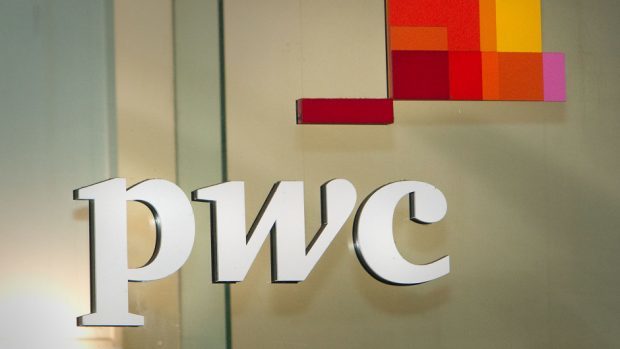Bringing more people over the age of 55 into the workforce could boost the UK economy by £80billion, according to a new report.
The study’s authors suggest the money could help meet the rising care and pension costs of the country’s ageing population.
Professional services giant PwC, which conducted the research for its Golden Age Index, has called for reforms to the pension system and financial incentives to make it easier for people to work longer.
With a 70% employment rate for 50-65-year-olds, the UK ranks 19th out of the 34 countries from the Organisation for Economic Co-operation and Development (OECD) in the study. PwC said matching Sweden, the best-performing EU nation in the list at 82%, could deliver the extra £80billion, boosting the UK’s GDP by 4.2%.
The company’s chief economist John Hawksworth said: “As the number of people over 55 continues to grow steadily and life expectancy increases, the UK needs to make it as easy as possible for people to continue working for longer if they wish to do so.
“This would boost both GDP and tax revenues, so helping to pay for the increased health, social care and pension costs of an ageing population.”
Within the UK, England’s 70.6% rate of employment for older workers was ahead of Scotland at 68.8%, Wales at 66.5% and Northern Ireland,at 63.6%. The south-east of England had the best figures at 74.5%.
PwC said regional differences appeared to hinge on the three “key factors” of economic performance, educational attainment and gender disparities.
The research revealed a UK average employment rate of 64.9% for women aged 50-64, compared to 75.4% for men in the same age group.
Mr Hawksworth continued: “Regions with fewer older workers with university degrees and a larger gap between male and female employment tend to have the lowest employment rates for older workers.”
He added: “Reforming pension systems and providing financial incentives to encourage later retirement will be key to governments increasing the number of older workers.
“Measures to combat age discrimination and support lifetime learning in the face of rapid digital and technological progress are also required.”
